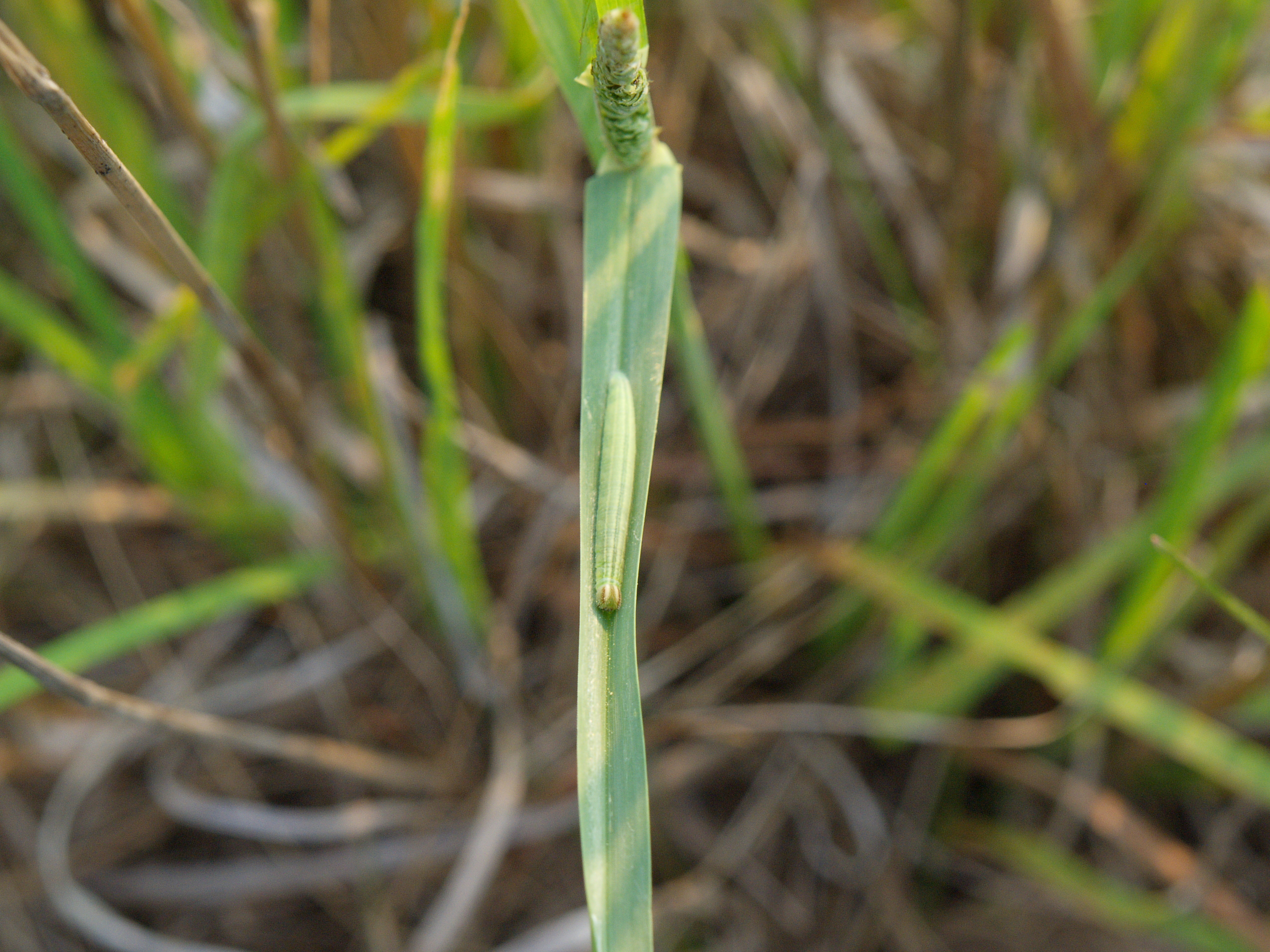It appears bugs are my new thing. My handy-dandy Google alert sent another ungulate-insect find to my inbox. This one muses about the nutritional benefits of bugs to our herbivorous friends. In particular, plant-dwelling insects.
Subsisting on plants alone leave a lot to be desired nutritionally. They are hard to digest and are low in key nutrients like phosphorus (P) and potassium (K) which are essential to ungulates. Deer are adapted for the vegetarian life with specialized digestion like rumination and fermentation coupled with volume. But they still fall short.
And it is well documented that deer readily supplement their green diet with dirt, bones, and things that wriggle. What about bugs?
Close your eyes – picture the slanted light of the morning as it touches a field or the filtered light of the forest hitting its floor. There is movement everywhere. Those that buzz and flit about are not easy prey. But eggs, pupae, larvae, and wingless species are a different story. Endophagous species develop inside of plant parts – A bug burrito!

In fact, research using DNA of fecal samples showed free-ranging cattle, goats, and sheep consumed a variety of plant-dwelling insects. Bugs may fill the gap of micronutrients specifically trace minerals like iron, sodium, and manganese. Cattle and goats ingest mainly plant-dwelling insects belonging to the orders Lepidoptera, Diptera, Hemiptera and Coleoptera – Diptera contains the highest levels of calcium and Hemiptera the highest concentrations of magnesium and iron.
You may be thinking – Deer eat plants. Of course, they are going to eat the ones that happen to be inside and on them. It’s an occupational hazard. They aren’t doing it on purpose. They can’t know what bugs they are eating.
I wouldn’t be too sure. Remember they can distinguish the phosphorus content in plants. Why couldn’t they sniff out they best bugs in the burrito? In the summer, antlers are growing and does are lactating. Calcium and phosphorus are in high demand. Why wouldn’t deer use every tool available to meet those needs?
Plant communities affect insect communities. Remember our little antler fly. Moose antlers that were more attractive to adults supported more larvae suggesting higher quality. Plant diversity and biomass influence insect diversity and biomass. But it’s complicated and not straightforward.
We know that Indian cucumber root (Medeola virginiana) and Canada mayflower (Maianthemum canadense) are two northern Appalachian spring forbs that are preferred by white-tailed deer. We also know that potassium, manganese, magnesium, phosphorus, and iron all varied based on site and species. Soooooo do the hemipteran feeding on those species in those sights also vary in their levels as well? Or do deer sniff out the mayflowers with the most scale bugs?
We’ll have to wait on that research. But I’m betting bugs are important to deer! That “little” extra they need to keep the factory online.
-Jeannine Fleegle
Wildlife Biologist
PA Game Commission
*If you are a first-time commenter on the blog, your post will not appear until it has been approved by the moderator. This is to prevent spam overwhelming us. If you do not see your post within 24 hours, please email us at deerforeststudy@gmail.com
